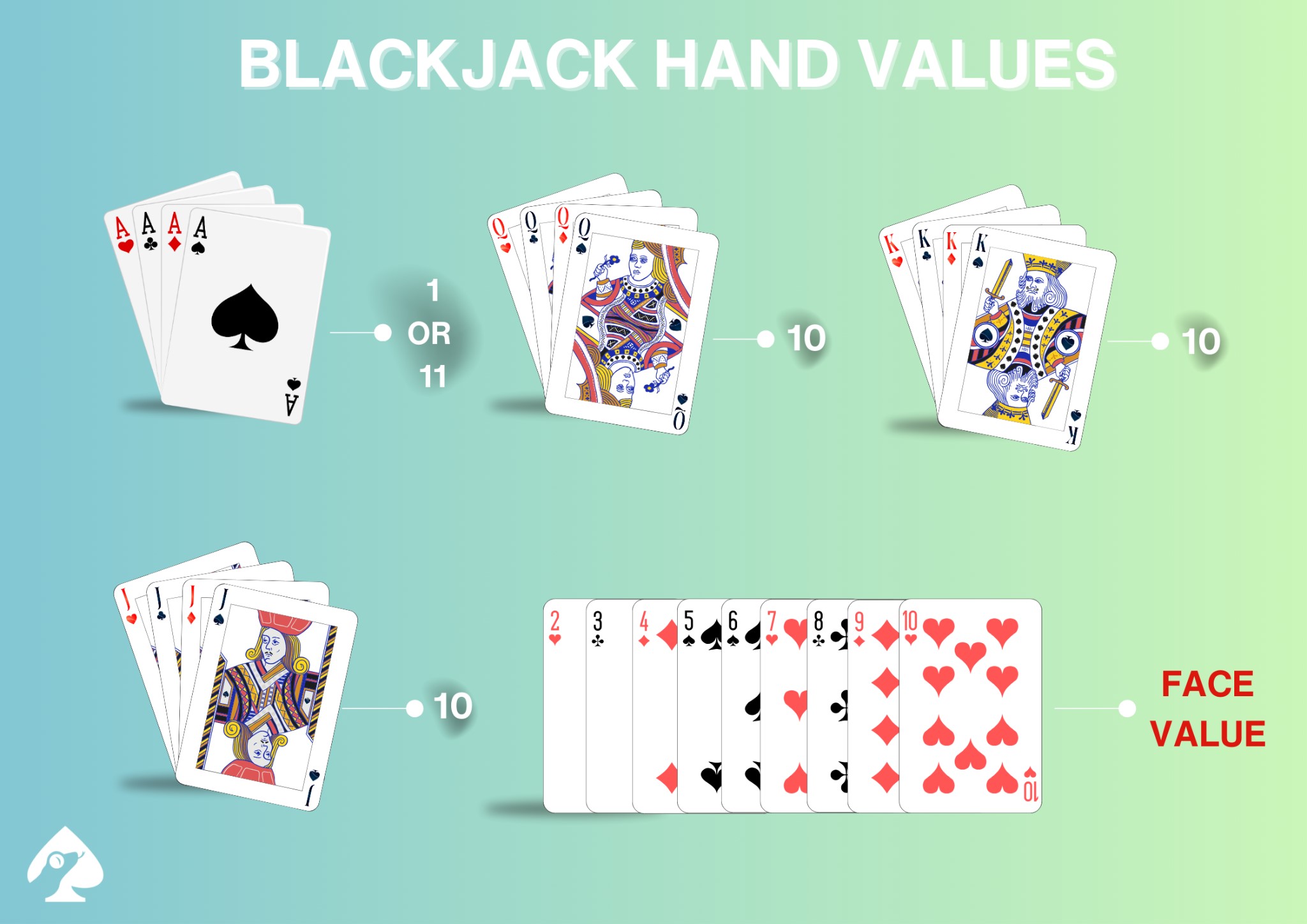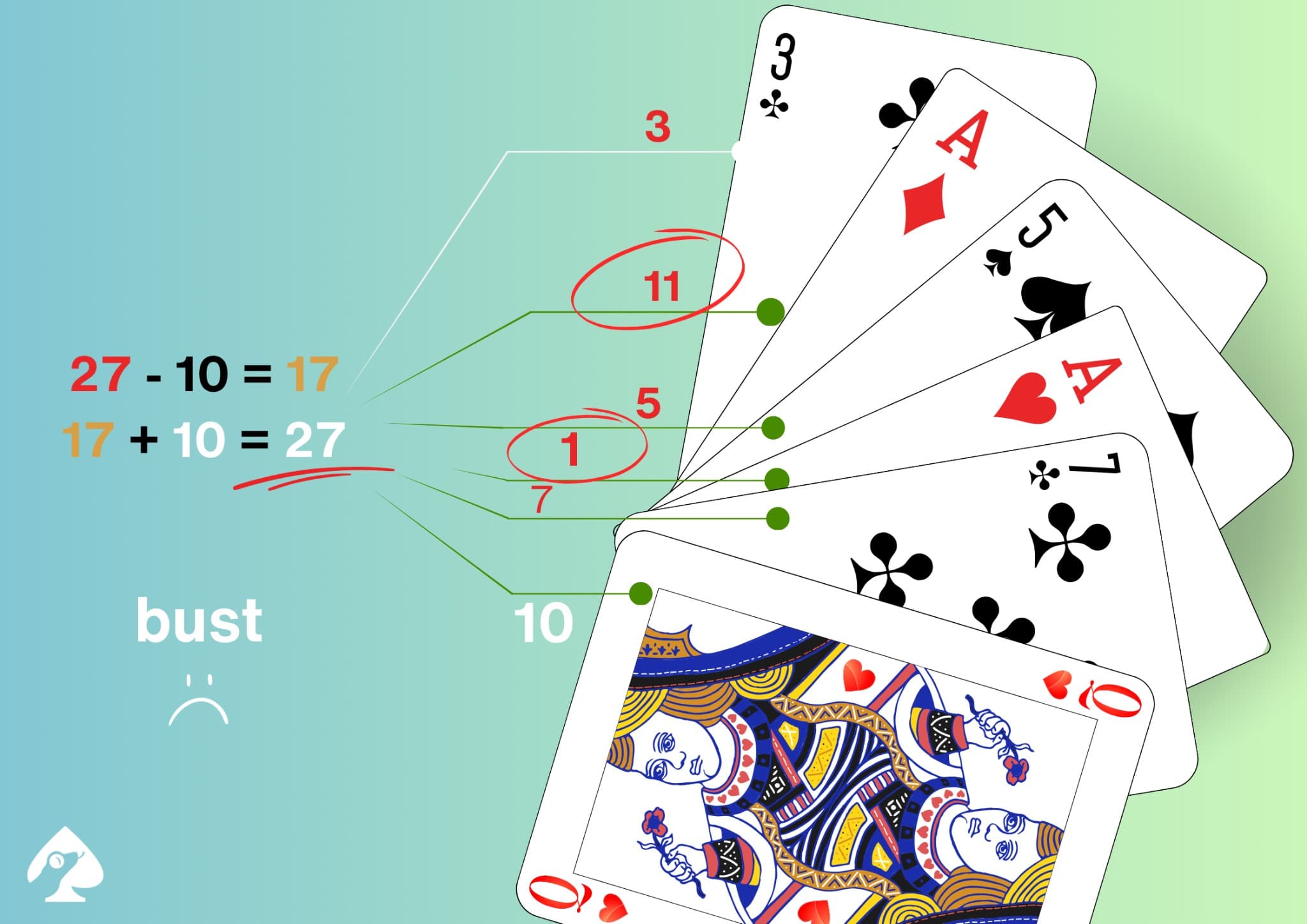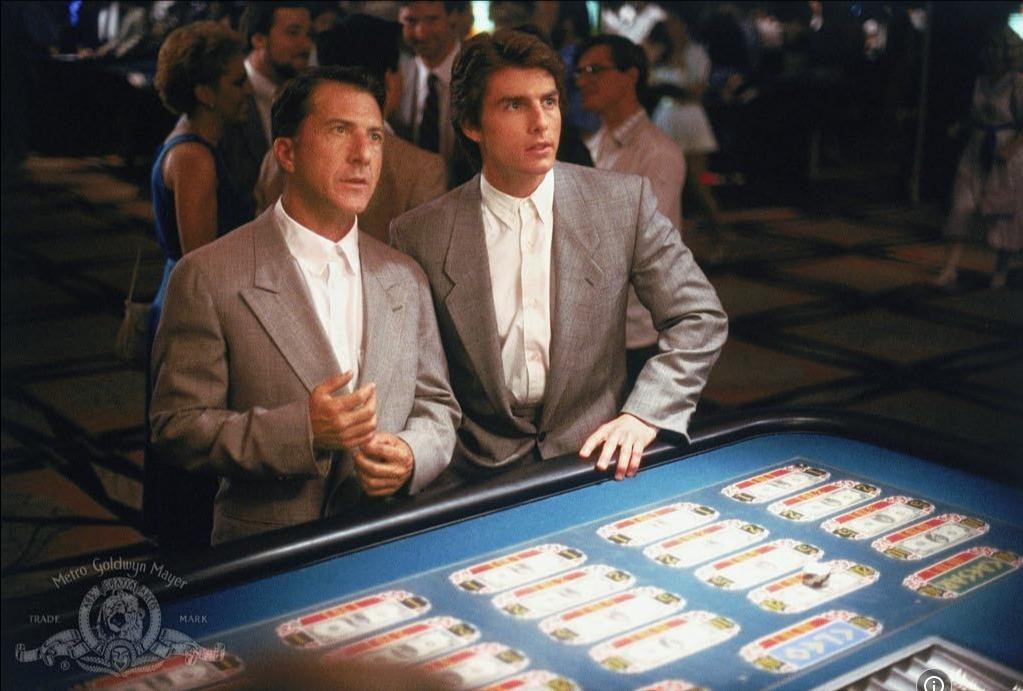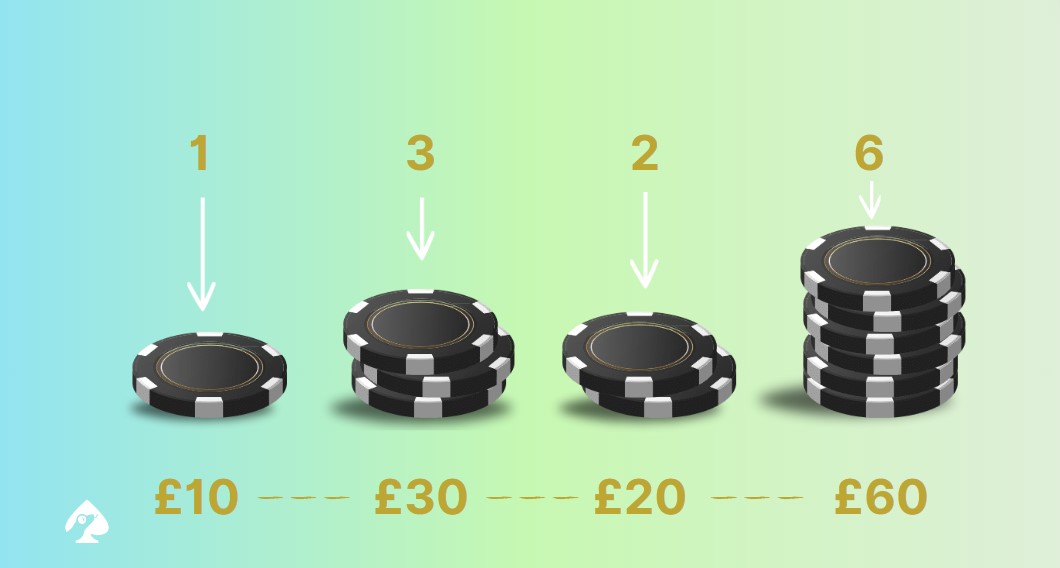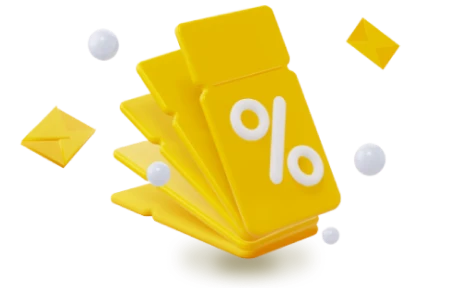How to Win Blackjack: Basic Strategy
Along with roulette and slots, blackjack is one of the most popular casino table games amongst UK players. According to research by Casino Alpha, blackjack delivers a gross gambling yield of 4.9%. Providing a simple yet effective alternative to spinning video slots or a roulette wheel, blackjack success comes down to both luck and strategy.
Although winning every blackjack game, either online or at a physical establishment, is the goal for many — it is unrealistic, as with any classic casino game. But, so long as you manage your expectations and take into account the nuance of blackjack, you’ll be in the best possible mindset to take on the dealer with confidence, even as a beginner.
This page discusses all things blackjack for novices, providing key ways to master a basic blackjack strategy next time you’re at the table.
Before unpacking the game plan, it’s important to understand what commonly used blackjack terms mean.
- DAS: This is a shortened version of the phrase “double after split”. This action refers to splitting a hand, then doubling down straight afterwards.
- Double: Also referred to as “double down”, this form of play means doubling your bet. You will only receive one further card from the dealer if you choose to do this. It’s also important to note that “double” rules significantly vary from casino to casino. There are times when doubling isn’t permitted, so always check before you play.
- Hit: Alternatively known as a “draw”, this simply means taking another card and adding it to your hand.
- Pair: A hand with two cards of equal value.
- Split: If your first two cards dealt to your hand are equal in value, you can “split” your hand into two. Players are typically allowed to split their hand up to four times during a game, but this can vary depending on the casino.
- Stand: Putting an end to your hand without taking any new cards from the dealer.
- Surrender: If you don’t want to continue playing your hand, you “surrender”, which means giving up half the value of your bet. This could potentially result in losing the entire bet depending on the course of the game.
Blackjack Basic Strategy for Beginners
In blackjack, participants aim to assemble a hand as close to 21 points as possible without exceeding it with one deck of cards where each is initially dealt two. The game challenges players to surpass the dealer’s total points, ensuring they do not go over the 21-point limit. A unique aspect of blackjack is the ability to handle up to 11 cards in a single hand without busting, demonstrated by a combination of four aces, four twos, and three threes to precisely reach 21 points.
The cards in a deck are valued by a simple scheme. While those from 2 to 10 of any suit are worth the numeric value indicated on them, a Queen, a King, and a Jack all have 10 points. The Ace is the most powerful card in the deck. It may count both 1 and 11 points.
Have a look at the basic blackjack hand values before passing to the specifics:
As mentioned previously, the Ace’s value adjusts based on the hand’s total — all to prevent exceeding 21 points.
Initially, an ace is valued at 11, favouring the hand’s score without surpassing the 21-point limit. But if adding 11 would result in a total beyond 21, the Ace then counts as 1, reducing the risk of busting. This distinction introduces two hand types: “soft” and “hard.”
- A “soft” hand contains an ace valued at 11, providing flexibility since the total remains under 21, allowing for additional cards without busting;
- A “hard” hand emerges when the ace must be counted as 1 to avoid exceeding 21, signalling a fixed hand with no ace flexibility.
By reading the cards from left to right, imagine a scenario with the following hand sequence:
Here’s a stepwise explanation:
- The initial sum is 3 with the respective card number.
- When the Ace appears, let’s hypothetically assign it a value of 11 for now, increasing our sum to 3 + 11 = 14 and giving us a soft hand. This creates what we might term a “soft 14”, due to the Ace’s dual value potential, allowing room for additional cards without exceeding the limit.
- Adding a 5 to our “soft 14” gives us a “soft 19.”
- Upon receiving another Ace, we adjust its value to 1, considering the previous Ace’s value at 11. This alteration gives us a “soft 20.”
- Introducing a 7 elevates our total to 27, surpassing 21. To rectify this, we reevaluate the initial Ace as 1, reducing 10 from our total, leading to a “hard 17” because it now lacks the flexibility of an Ace valued at 11.
- Finally, adding a Queen (valued at 10) to our “soft 17” culminates in a total of 27, which exceeds the limit, indicating the player’s defeat in this scenario.
The ace’s dual value plays a strategic role in blackjack, offering players the choice to adapt their hand based on received cards, optimising chances for a favourable outcome.
As for the methods players use to increase their chances to win blackjack, they are multiple. Counting cards, for example, is one of the most well-known, which, however, has a controversial reputation. Widely portrayed in Hollywood films like Barry Levinson’s Rain Man (1988) or Robert Luketic’s 21 (2008), counting cards is considered to be on the advanced strategy spectrum and used by high rollers. So, in this article, we’ll be focusing on the more basic approaches, suitable for those who only start becoming skilled.
Tom Cruise and Dustin Hoffman in Rain Man (1988) © Metro-Goldwyn-Mayer Studios Inc. All Rights Reserved.
Key Strategy Basics
As with virtually any casino table game, money management is the most important aspect of a basic strategy blackjack-focused. In simple terms, you need to understand exactly how much you’re planning to spend and how you’re going to bet. The secret is investing the right amount of money at the right time.
Once you’ve been dealt your hand, you have several options: stand, double (or double down), split or surrender. Thinking rationally and using logic to make the most reasonable decision is key, and you mustn’t deviate from your initial budgeting plan. Imagine the most obvious steps. For example, you have several cards that give 20 points. Will you ask for more? Will you hit? If you do not want to lose your money, you will not. But what if you have only 7 points? We bet you will hardly stand, right?
This is the simplest, least controversial way to play. This is why we call it a basic blackjack strategy. To establish how these scenarios work, our team has prepared a chart.
| HARD TOTALS | DEALER UPCARD | ||||||||||
|---|---|---|---|---|---|---|---|---|---|---|---|
| – | 2 | 3 | 4 | 5 | 6 | 7 | 8 | 9 | 10 | A | |
| 17 | S | S | S | S | S | S | S | S | S | S | |
| 16 | S | S | S | S | S | H | H | H | H | H | |
| 15 | S | S | S | S | S | H | H | H | H | H | |
| 14 | S | S | S | S | S | H | H | H | H | H | |
| 13 | S | S | S | S | S | H | H | H | H | H | |
| 12 | H | H | S | S | S | H | H | H | H | H | |
| 11 | D | D | D | D | D | D | D | D | D | D | |
| 10 | D | D | D | D | D | D | D | D | H | H | |
| 9 | H | D | D | D | D | H | H | H | H | H | |
| 8 | H | H | H | H | H | H | H | H | H | H | |
| SOFT TOTALS | DEALER UPCARD | ||||||||||
| – | 2 | 3 | 4 | 5 | 6 | 7 | 8 | 9 | 10 | A | |
| A,9 | S | S | S | S | S | S | S | S | S | S | |
| A,8 | S | S | S | S | Ds | S | S | S | S | S | |
| A,7 | Ds | Ds | Ds | Ds | Ds | S | S | H | H | H | |
| A,6 | H | D | D | D | D | H | H | H | H | H | |
| A,5 | H | H | D | D | D | H | H | H | H | H | |
| A,4 | H | H | D | D | D | H | H | H | H | H | |
| A,3 | H | H | H | D | D | H | H | H | H | H | |
| A,2 | H | H | H | D | D | H | H | H | H | H | |
| PAIR SPLITTING | DEALER UPCARD | ||||||||||
| – | 2 | 3 | 4 | 5 | 6 | 7 | 8 | 9 | 10 | A | |
| A,A | Y | Y | Y | Y | Y | Y | Y | Y | Y | Y | |
| T,T | N | N | N | N | N | N | N | N | N | N | |
| 9,9 | Y | Y | Y | Y | Y | N | Y | Y | N | N | |
| 8,8 | Y | Y | Y | Y | Y | Y | Y | Y | Y | Y | |
| 7,7 | Y | Y | Y | Y | Y | Y | N | N | N | N | |
| 6,6 | Y/N | Y | Y | Y | Y | N | N | N | N | N | |
| 5,5 | N | N | N | N | N | N | N | N | N | N | |
| 4,4 | N | N | N | Y/N | Y/N | N | N | N | N | N | |
| 3,3 | Y/N | Y/N | Y | Y | Y | Y | N | N | N | N | |
| 2,2 | Y/N | Y/N | Y | Y | Y | Y | N | N | N | N | |
| KEY | H | Hit | |||||||||
| S | Stand | ||||||||||
| D | Double if allowed, otherwise hit | ||||||||||
| Ds | Double if allowed, otherwise stand | ||||||||||
| N | Don’t split the pair | ||||||||||
| Y | Split the pair | ||||||||||
| Y/N | Split only if “DAS” is offered | ||||||||||
Gamblizard’s blackjack basic strategy table
Key Stake Strategies
After a few games, it can feel tempting to join high-stakes games. However, it’s important to err on the side of caution until you gain enough experience.
Doyle Brunson, an American poker player whose professional career spanned 50 years, famously said:
Gambling is a hard way to make an easy living.
As The Daily Mail reports, blackjack players lost over $1 billion on the Las Vegas Strip in a single 2023 year, showcasing the sheer scale of monetary loss this game can cause. However, there are plenty of contrasting success stories, including Deivis Karklins, who won £54,000 after betting just £1 on the blackjack side bet game ‘Ace King Progressive’ in Aberdeen’s popular Grosvenor casino. Blackjack, thus, is a game that can produce big highs but equally big lows, that is why it’s important to calculate your moves.
Again, it may seem tempting to try to win back money if you’re on a losing streak, but it’s important to stop if you lose.
Here are some key tips that align with this strategy:
- Don’t increase your bet significantly – 1 unit is more than enough.
- Always start from the lowest bet players can make, even if it is only a quid.
- If you increase your bet and lose, go back to the lowest bet.
Now, onto another plan of action.
1-3-2-6 Blackjack Betting
An additional blackjack basic strategy comes in the form of the 1-3-2-6 approach.
For example, let’s say you begin your game by betting £10. You make this first bet (number 1 in the formula, hence the £10 bet) and win. Then, the ‘3’ comes into play, meaning you’ll bet £30 as it’s 3 times the value of your initial bet. If you win again, you’ll bet £20 in line with the formula, and £60 if another win follows. Then, you go back to ‘1’ again:
The 1-3-2-6 Blackjack formula
In this example case, even if you’re at the ‘3’ stage, you must still only bet £10 following a loss. This mitigates overall risk, making it a good basic blackjack basic strategy table tactic.
More Advanced Strategies
While we’re focusing on initial strategies suitable for beginners, it’s important to still be aware of some of the most advanced schemes professional players use. Become familiar with these options in other Gamblizard articles, and you’ll be on your way to start advancing your gameplay as you get more confident with the game.
The Martingale strategy and counting cards are popular. Ken Uston, a professional blackjack player, became well-known for his use of the counting cards method. The Martingale strategy involves increasing your stake as many times as needed to outweigh all previous losses. All counting card techniques follow a simple mantra: if the count is positive, then there’s a higher chance large cards will be drawn. If the count is negative, the situation is the opposite and doesn’t favour the player.
References
- Glossary of Blackjack Terms, Blackjack Apprenticeship, https://www.blackjackapprenticeship.com/glossary-of-blackjack-terms/. Accessed 7 March 2024.
- Pennock, Lewis. Gamblers are wagering more than ever on the Las Vegas Strip – with blackjack players losing almost $1 BILLION in the last year as casinos make these changes that favour the house, Daily Mail. 29 May 2023, https://www.dailymail.co.uk/news/article-12136251/Gamblers-wagering-Las-Vegas-losses-increase.html. Accessed 7 March 2024.
- Fleming, Graham. Dad wins £54,000 from £1 bet placed in Aberdeen casino, The Press and Journal. 2 November 2023, https://www.pressandjournal.co.uk/fp/news/aberdeen-aberdeenshire/6246432/aberdeen-casino-blackjack-win/. Accessed 7 March 2024.
- “Rain Man”, directed by Barry Levinson, Metro-Goldwyn-Mayer, 1988, IMBd, https://www.imdb.com/title/tt0095953/?ref_=tt_mv_close. Accessed 8 March, 2024.
